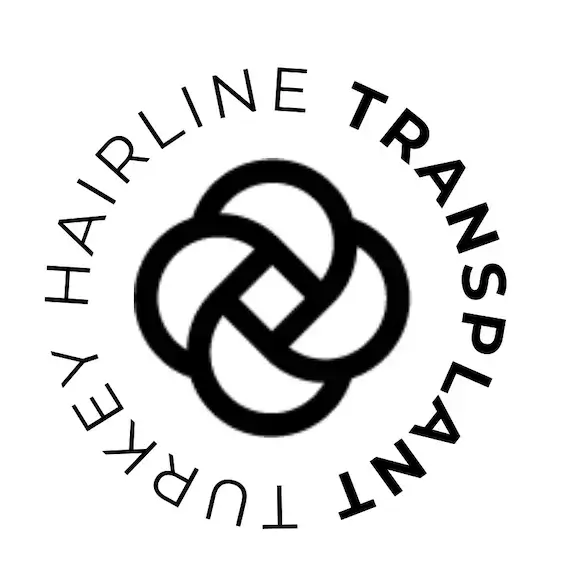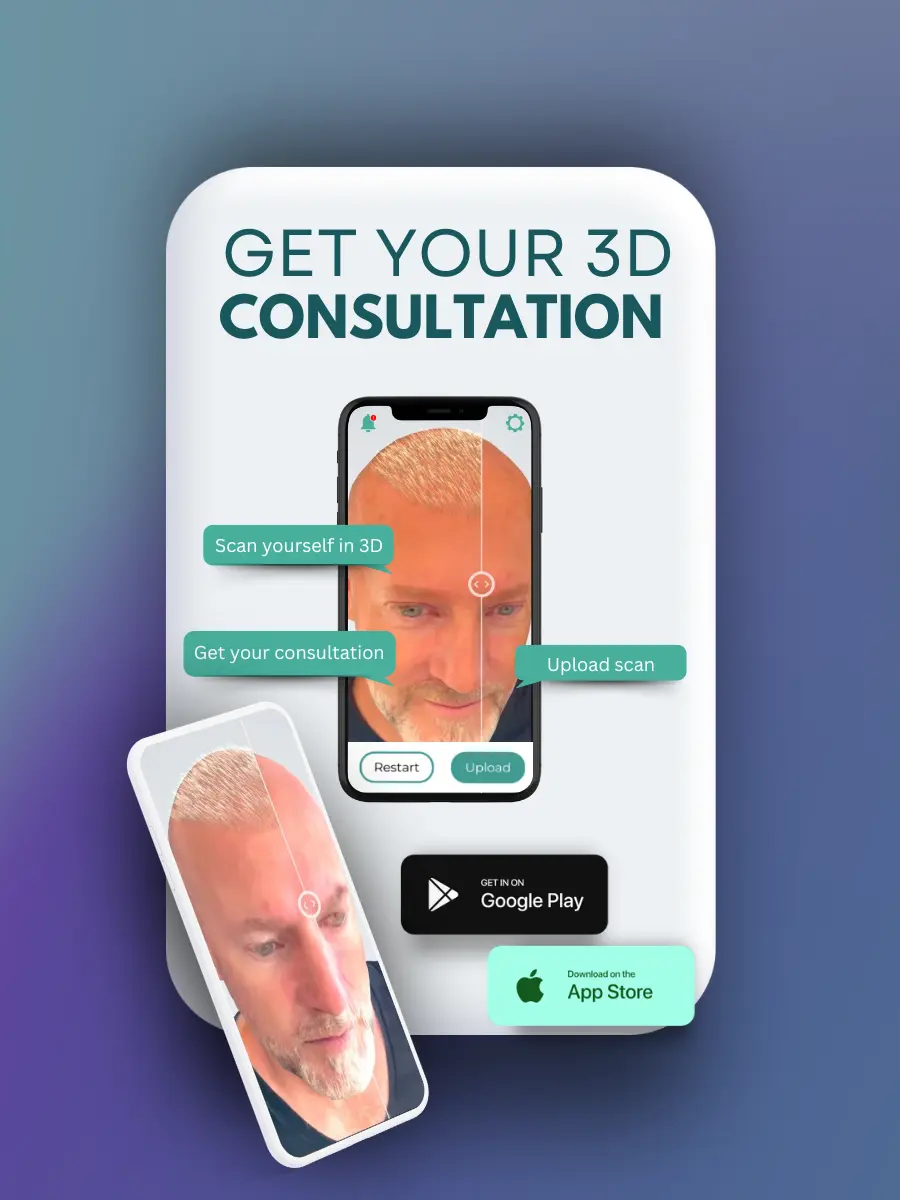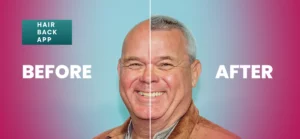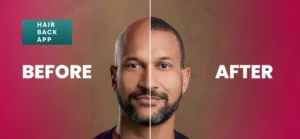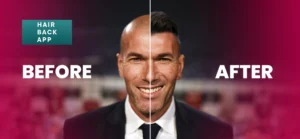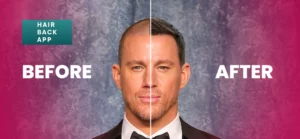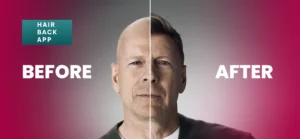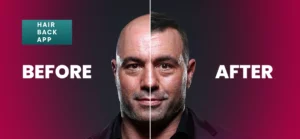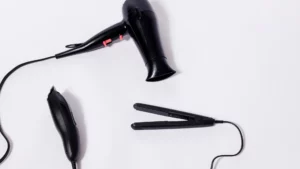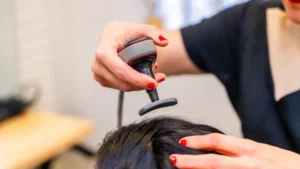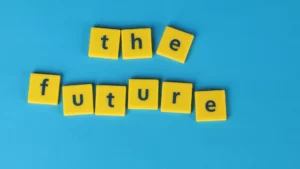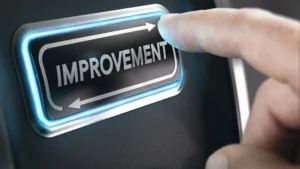Hair loss is a common concern affecting millions of people worldwide, impacting self-confidence and quality of life. While various treatments exist, from medications to surgical procedures, many individuals seek alternative and non-invasive approaches to promote hair regrowth.
One such promising option gaining attention is red light therapy. Red light therapy offers a promising non-invasive approach to promoting tissue repair, reducing inflammation, and stimulating cellular activity in the skin and scalp.
My name is Emma Wright, a hair restoration specialist. Today, we’ll be discussing red light therapy and how it works. Red light therapy, also known as low-level laser therapy (LLLT) or photobiomodulation, involves exposing the scalp to low levels of red or near-infrared light.
This non-invasive treatment is believed to stimulate cellular activity, promote tissue repair, and enhance blood circulation in the targeted area. Red light therapy is widely used in various medical and cosmetic applications, including wound healing, pain management, and skin rejuvenation.
In this article, we’ll explore what red light therapy is, how it works for hair loss, its potential benefits, and the scientific evidence supporting its use.
What is Red Light Therapy?
Red light therapy, also known as low-level laser therapy (LLLT) or photobiomodulation, is a non-invasive treatment that involves exposing the skin or scalp to low levels of red or near-infrared light.
This type of light therapy is believed to stimulate cellular activity, promote tissue repair, reduce inflammation, and enhance blood circulation in the targeted area. Red light therapy has been used for various medical and cosmetic purposes, including wound healing, pain management, skin rejuvenation, and hair loss treatment.
It is often administered using specialized devices that emit specific wavelengths of red or near-infrared light, which penetrate the skin or scalp to reach underlying tissues and cells.
The exact mechanisms by which red light therapy exerts its therapeutic effects are not fully understood, but several theories have been proposed. One theory suggests that red and near-infrared light photons are absorbed by cellular components such as mitochondria.
This leads to increased production of adenosine triphosphate (ATP), the energy currency of cells. As a result, this enhanced energy production may stimulate cellular metabolism, promote tissue repair, and improve overall cellular function.
Additionally, red light therapy is thought to have anti-inflammatory effects, helping to reduce inflammation and create a more conducive environment for healing and regeneration. It may also stimulate the production of growth factors and cytokines, which play essential roles in tissue repair and regeneration processes.
Red light therapy is believed to stimulate hair follicles at the cellular level, prolonging the growth phase of the hair cycle (anagen phase) and promoting hair regrowth. It may also enhance blood circulation in the scalp, delivering oxygen, nutrients, and growth factors to the hair follicles and supporting their health and vitality.
Red light therapy can be administered using various devices, including handheld devices, laser combs, helmets, or in-office treatments at specialized clinics. Treatment protocols may vary depending on the device used and the specific condition being treated. Sessions typically last several minutes each and may be performed several times per week for optimal results.
How Does Red Light Therapy Work for Hair Loss?
The exact mechanisms by which red light therapy promotes hair growth are not fully understood, but several theories have been proposed:
- Stimulation of Hair Follicles: Red light therapy is thought to penetrate the scalp and stimulate hair follicles at the cellular level. This stimulation may help prolong the growth phase of the hair cycle (anagen phase) and improve the overall health and thickness of the hair shaft.
- Increased Blood Circulation: Red light therapy is believed to enhance blood circulation in the scalp, delivering oxygen, nutrients, and growth factors to the hair follicles. Improved blood flow may help nourish and revitalize dormant or weakened follicles, promoting hair regrowth.
- Reduction of Inflammation: Chronic inflammation in the scalp has been linked to hair loss and follicle miniaturization. Red light therapy may have anti-inflammatory effects, helping to reduce inflammation and create a more conducive environment for hair growth.
- Modulation of Cellular Metabolism: Red light therapy may stimulate mitochondrial activity within hair follicle cells, leading to increased energy production and improved cellular function. This enhanced metabolism may support the growth and proliferation of hair follicles.

How to Use Red Light Therapy for Hair Loss
Red light therapy can be administered using various devices, including handheld devices, laser combs, hair loss helmets, or in-office treatments at specialized clinics. Treatment protocols may vary depending on the device used, but most involve regular sessions lasting several minutes each, typically performed several times per week.
Here’s how to use red light therapy for hair loss:
- Choose the Right Device: Select a red light therapy device suitable for treating hair loss. These devices come in various forms, including handheld devices, laser combs, helmets, or in-office treatments at specialized clinics. Consider factors such as convenience, ease of use, and treatment area coverage when choosing a device.
- Read the Instructions: Carefully read and follow the manufacturer’s instructions for the chosen red light therapy device. Pay attention to recommended treatment protocols, including treatment duration, frequency, and distance from the scalp.
- Prepare the Scalp: Before starting treatment, ensure that your scalp is clean and free of any hair products or oils that may interfere with light penetration. You may also consider gently massaging the scalp to stimulate blood circulation and enhance the effectiveness of the treatment.
- Position the Device: Position the red light therapy device over the scalp, ensuring that the light is evenly distributed across the treatment area. Follow the device’s instructions regarding the recommended distance between the device and the scalp for optimal results.
- Begin Treatment: Turn on the red light therapy device and initiate the treatment session according to the manufacturer’s recommendations. Treatment sessions typically last several minutes, and the duration may vary depending on the device used and the specific treatment protocol.
- Move the Device: If using a handheld device or laser comb, slowly move the device across the scalp to ensure that all areas receive exposure to the red light. Maintain a consistent pace and coverage throughout the treatment session.
- Be Consistent: Consistency is key to achieving optimal results with red light therapy for hair loss. Follow the recommended treatment schedule and be diligent about completing treatment sessions as instructed. Results may take several weeks to months to become noticeable, so patience and adherence to the treatment regimen are essential.
- Monitor Progress: Keep track of your progress throughout the course of treatment. Take note of any changes in hair density, thickness, or overall scalp health. It may also be helpful to take photos periodically to document changes over time.
- Adjust as Needed: If you experience any adverse effects or discomfort during treatment, discontinue use and consult with a healthcare professional or dermatologist. They can provide guidance and recommendations for adjusting the treatment protocol or exploring alternative options.
- Combine with Other Treatments: Red light therapy may be used alone or in combination with other hair loss treatments for enhanced effectiveness. Consider incorporating complementary treatments such as topical minoxidil, oral medications, or scalp massages to optimize results.
Final Words
Red light therapy offers a promising non-invasive approach to hair loss treatment, with potential benefits including stimulation of hair follicles, increased blood circulation, and reduction of inflammation.
While more research is needed to fully understand its mechanisms of action and efficacy, existing studies suggest that red light therapy may be a safe and effective option for individuals seeking to promote hair regrowth.
As with any hair loss treatment, it’s essential to consult with a healthcare professional or dermatologist before starting red light therapy, especially if you have underlying health conditions or are taking medications.
Additionally, managing expectations and maintaining realistic goals are important, as individual responses to treatment may vary, and results may take time to manifest. With proper use and consistent treatment, red light therapy may offer hope to those experiencing hair loss, helping to restore confidence and improve quality of life.
